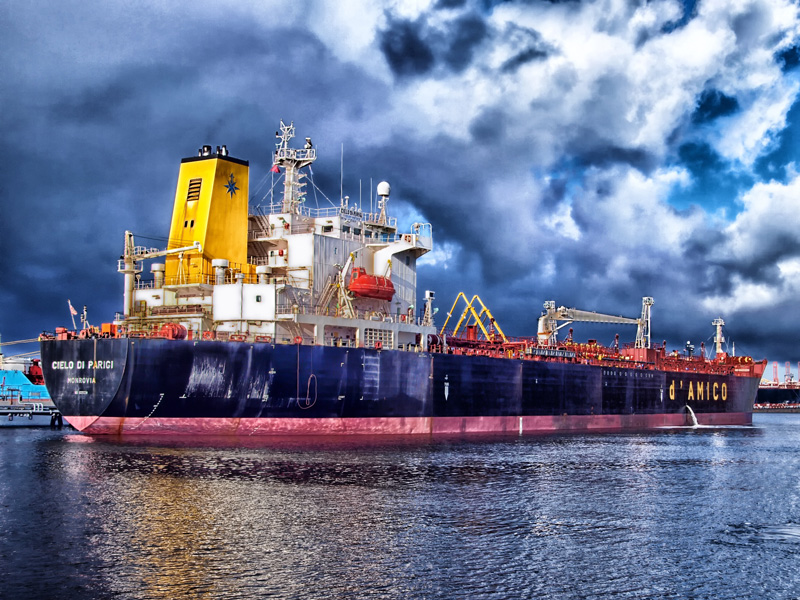Expanding the LNG value chain
 Climate-friendly refrigeration through LNG cold recovery – an added value for LNG
Climate-friendly refrigeration through LNG cold recovery – an added value for LNG
The demand for cold for industry, food handling and climatization is globally growing by 1-2% p. a. and the replacement of costly and environmentally harmful compression technology (state-of-the-art) is pressing. It is estimated that electrical refrigeration and air-conditioning consumes almost 25% of the electrical energy in Europe, a tremendous saving potential and attractive business opportunity for the application of new technologies.
One very promising approach results from the globally rising use of LNG as energy source, since a huge cold capacity is stored at -162°C and is today completely wasted during regasification at port terminals or satellites. Eco ice has developed and patented an innovative technology to recover this highly valuable cold capacity without any additional consumption of LNG and at very low costs.
Thanks to this new technology, highly valuable deep cold can be provided with zero emissions of CO2 or other pollution. Compared to the traditional compression technology, this can be translated into a 100% decrease of CO2 emissions and pollution.
The application of our patented LNG cold recovery modules ranging from 100 kW to 16 MW allows industrial and commercial users to be supplied with high-quality LNG-recycled cold down to -60°C, making this technology highly relevant for the regional development, specifically the settlement of companies from different sectors around LNG ports:
– Cheaper deep-freezing and storage: food industry, fish-processing industry
– Cheaper storage and transportation of frozen products on trucks (mobile solution): warehousing and logistics
– Cheaper generation of cold for manufacturing processes: chemical industry, air separation, cryogenic recycling, plastics processing, wood processing, production of compounds and composites, pharmaceutic industry, etc.
– Weather-independent operation of sports and leisure facilities (e.g. indoor ski trails, ice skating rinks, theme worlds / arctic adventure parks)
During regasification for local gas grids or from satellite tanks, capacities up to 200 kW of deep cold (down to -60°C) are to be expected. The application for large regasification systems at ports provides refrigeration capacities of more than 1,000 kW. At a typical LNG receiving terminal, several hundreds of Megawatt of deep cold can be recovered from LNG.
The following example of a real European LNG Terminal (port) shows the tremendous effect of using LNG cold recycling on environment protection:
During regasification of 2.833 m³/ h LNG into 1.700.000 m³/h natural gas, 187 MW refrigerating capacity is lost to the environment. For the provision of this amount of cooling energy through conventional compression cooling technology, 249 MWel and 1,1 Mio t/a CO2 must be produced in a power plant. The worldwide introduction of the LNG cold recovery solution would therefore contribute substantially to achieving the climate targets.
If we include in the assessment more complex systems of LNG cold recovery combined with CHPs and waste heat recovery for additional cold production, we have reached one of the most advanced concepts for maximizing the benefits of LNG regasification and uses. To pave the way for LNG as future energy carrier, LNG cold recovery should therefore become state-of-the-art technology at all mayor regasification plants.
